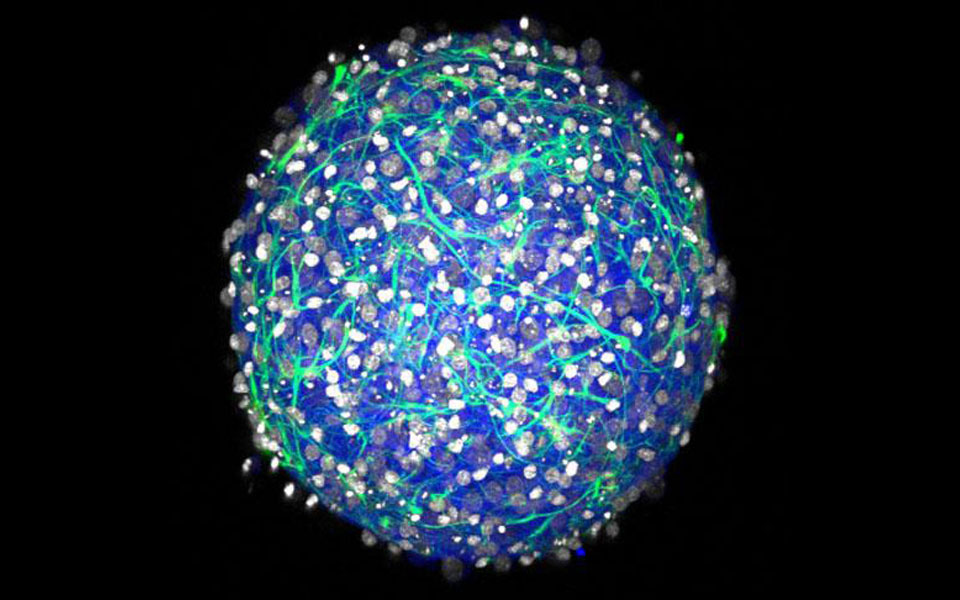Researchers at the Johns Hopkins Bloomberg School of Public Health are growing tiny replicas of the human brain to help the study of neurological diseases in a trend many hope could lead to better treatments and even cures for some of the most debilitating illnesses.
The Hopkins scientists join a handful of other medical researchers around the country who are culturing so-called “mini-brains” in the lab. It’s a relatively new field of scientific inquiry that could revolutionize how new drugs are tested for effectiveness by replacing drug testing on lab animals with testing on human cells. This process could offer more accurate test results and help in the development of new, more effective drugs, reports centredaily.com.
The scientists reprogrammed the genes of human skin cells to make them like embryonic stem cells, which have the capacity to develop into any kind of tissue. These stem cells were then nurtured to become brain cells. Researchers presented their work Friday at the American Association for the Advancement of Science conference in Washington, D.C.
When fully grown, the three-dimensional mini-brains measure about 350 micrometers, just visible to the human eye, and look like tiny balls. It takes about eight weeks to grow the brain cells into one of these balls. While the versions aren’t exact replicas of brains, they are made of the same neurons and cells found in human brains, feature the same structures and act in the same way.
Much More Complex
The mini-brains provide a better testing ground for scientists, said lead researcher Dr. Thomas Hartung, who holds the Bloomberg School’s Doerenkamp-Zbinden endowed chair in evidence-based toxicology.
Human brains are much more complex than the brains of rats now more typically used in research. And about 95% of the drugs that look promising when tested in animal models fail when tested in humans, said Hartung, who is also director of the school’s Center for Alternatives to Animal Testing.
“A lot of drug development has failed because the animal models don’t represent humans,” he said. “There is a very big desire to get models that are more human.”
The use of mini-brains in research is a growing field that first emerged when scientists at the Austrian Academy of Science Institute of Molecular Biotechnology in Vienna announced in 2013 that they had grown a small brain that was at the same developmental level as a 9-week-old fetus. The pea-size brain was incapable of functions such as thinking and consciousness.
The mini-brains have become more complex over the years — functioning more and more like an actual brain. Researchers at Stanford University have developed mini-brains with the circuitry that models how cells talk with one another in the brain. Early mini-brains mimicked the brain’s architecture, but not as much of the functioning.


